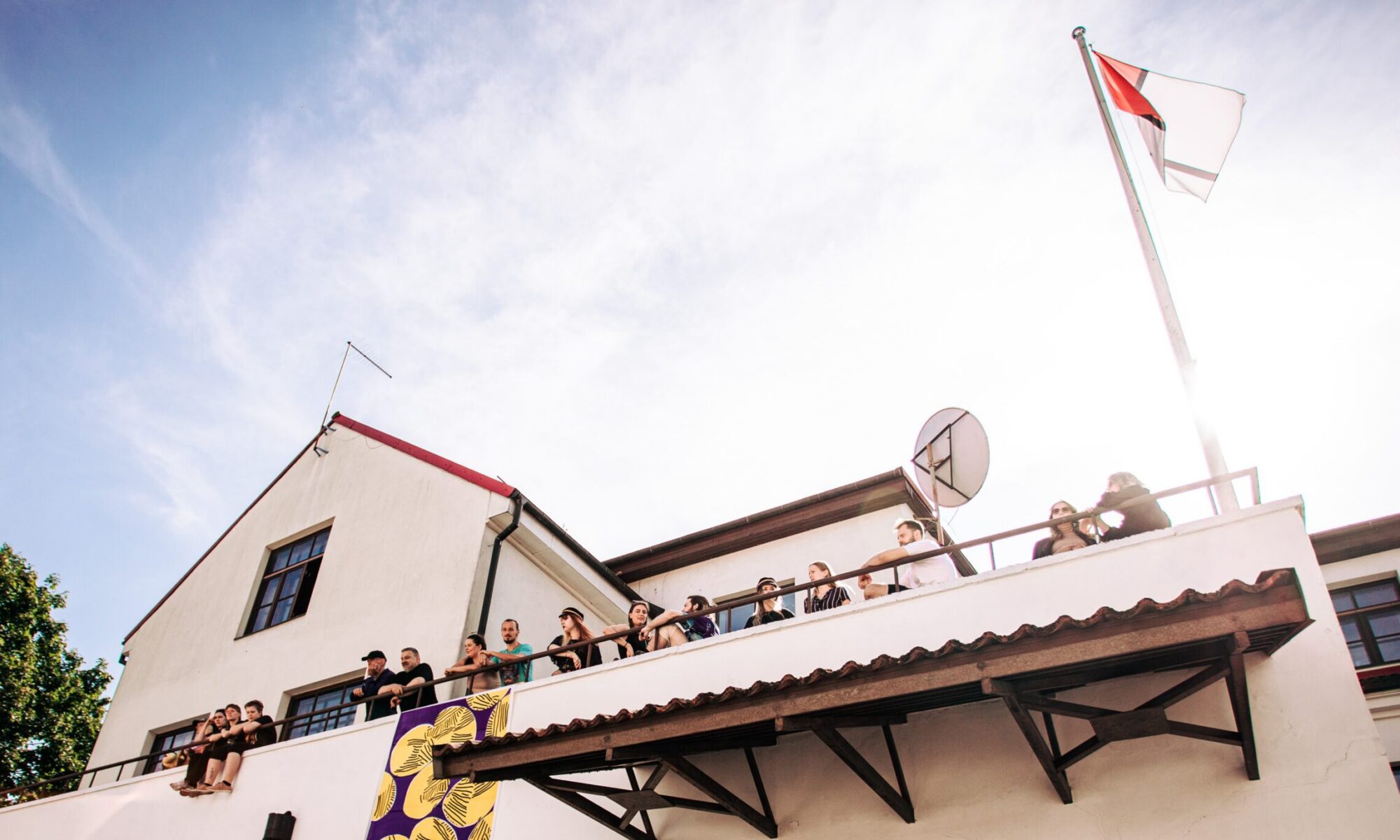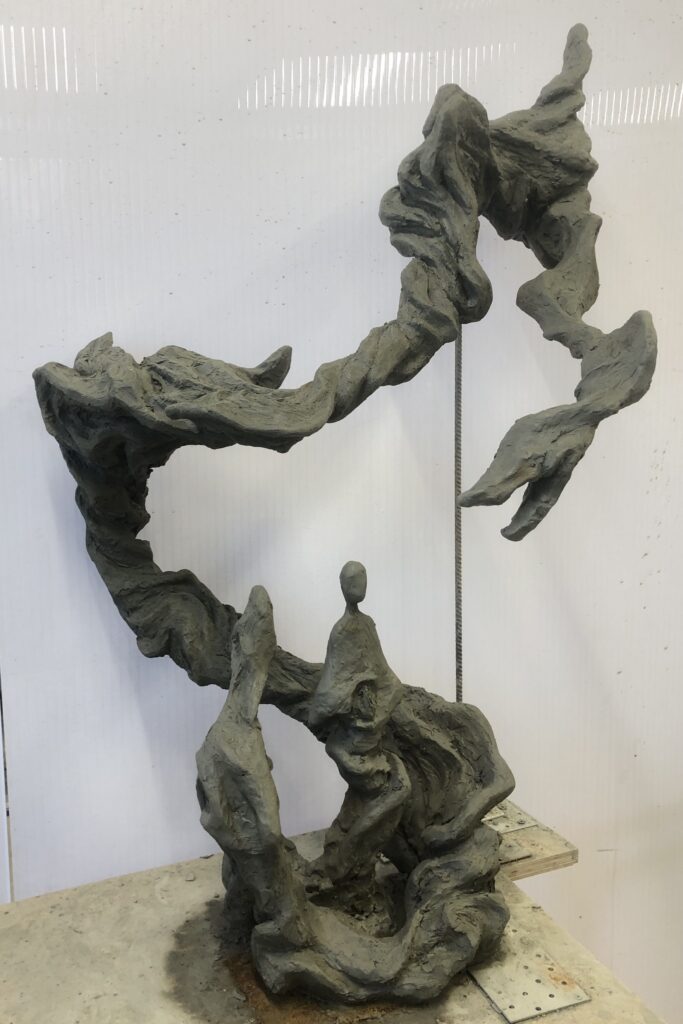Töö inspiratsiooniallikaks sai küsimus – kas inimesel on võimalik hirmu mitte tunda? Meie teadmised inimese füsioloogiast ütlevad, et see pole võimalik, isegi siis, kui me mõistusega teame, et selle või teise situatsiooni tagajärjena midagi eriti halba meiega ei juhtu. Kuid millegipärast on meil ju seda vaja, isegi kui tekib tunne, et igapäevaelus see meid ainult segab.
Nii töö praktiline kui ka kirjalik osa on mõtisklemine sellest, mis rolli igapäevased hirmud meie elus tegelikult mängivad ja kuidas need on seotud meie arenguga läbi elu. Minu jaoks on teisel pool hirmu kõik see hea, mis elu pakkuda saab – avastuse rõõm, vabadus, muutus ja areng. Ilma hirmuta poleks me võimelised neid asju kogema ega seeläbi elu nautima.
The inspiration for my work emerges from the question: is it possible for a person not to feel fear? Our knowledge of human physiology tells us that it is not possible, even if we cognitively know that, in certain situations, nothing particularly bad will happen to us. Yet, for some reason, we still seem to need it, even if it often feels like it just gets in the way in everyday life.
Both the practical and theoretical parts of my work reflect on the role that everyday fears play in our lives and how they are connected to our development throughout life. For me, on the other side of fear is all the good that life has to offer— the joy of discovery, freedom, change, and growth. Without fear, we would not be able to experience these things, and thus, we would not be able to fully enjoy life.







